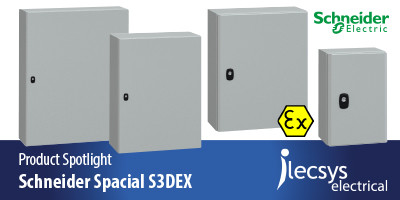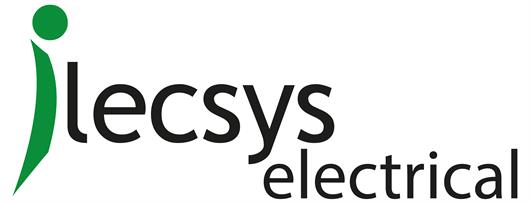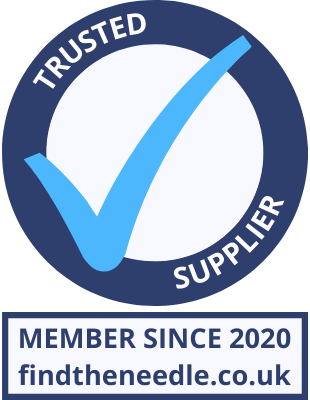 Add My Company
Add My Company
Schneider Spacial S3DEX | Product Spotlight

Schneider Spacial S3DEX | Product Spotlight
Enclosures for explosive atmospheres
Spacial S3DEX offers protection for users. The enclosures are provided with M6 x 16 earth studs welded to the casing and door for equipotential connection. An optional earth strap can be ordered separately. Enclosures higher than 600mm are provided with three locking points with connecting rods, with a single control point preventing the enclosures from being left half-open.
The casing is a monobloc (cross-structure) casing with a gutter shaped front profile. It features 4 bottom shoulder studs M8 x 25 for mounting the chassis and notched bars to provide a space of 10mm at the rear.
The door has a standard fastening by 3mm double-bar lock, polyurethane door seal, double-thickness 20mm return conferring excellent rigidity. Depending on the enclosure’s height, there are two or three concealed hinges to facilitate dismounting and reversibility of the door. It features a 120° opening angle and can handle a maximum load of 50kg/m2. The door features perforated sections with holes of diameter 4.2mm every 25mm for mounting accessories, with 2 vertical sections from height over 400mm and an additional 2 horizontal sections from height over 800mm.
Specific ATEX features include 4 fastening holes closed by 4 crimped blind nuts, one crimped M8 blind nut for an external frame earth link (strap not provided) and an ambient operating temperature of between -20°C to +40°C.
These enclosures are made of hard-wearing steel, with a structured finish and epoxy-polyester powder painting. The colour is RAL7035 grey. Ingress protection IP66. Mechanical protection rating IK10 according to IEC 62262.
The accessories for the Spacial standard wall-mounted enclosures can be installed in the Spacial S3DEX wall-mounted enclosures, such as wall fixing brackets which are available in mild steel (NSYAEFPFSC) or stainless steel (NSYAEFPFXSC). However, plastic accessories should not be used due to the risk of a static charge.
All the wall-mounted enclosures in this range comply with standards for protection against the potential risk of explosion in atmospheres containing gas (G) or dust (D). The Schneider Electric ATEX products are designed to be used in group II, classified as category 2. Products of category 2 can be used as category 3.
From the manufacturer (click on images to enlarge them):
What leads to an explosion in an explosive atmosphere?
For an explosion to occur, six conditions must be met at the same time (see the diagram from Schneider Electric). When these six conditions are met, this is the process that takes place to cause an explosion:
Mixing combustible substances such as gases, dusts etc, with air. The oxygen in the air acts as a combustion agent.
Dosing of combustible products and combustion agents in precise proportions, creating a potentially explosive atmosphere.
Confinement of the explosive atmosphere, e.g. in a container or other confined space that creates sufficient pressure when the air is heated.
Exposing it to an ignition source with enough energy to cause an explosion.
Boom. An explosion happens.
ATEX regulations
Two EU directives and an international standard regulate potentially explosive atmospheres. The objective of the two EU directives (the so-called ATEX directives) is to enhance protection from explosions by making various technical and organizational measures compulsory.
The 2014/34/EU directive is a revision of the 94/9/EC directive. It came into application on 20th April 2016. It describes the requirements that must be met by protection devices and systems, and the conformity assessment procedures.
The 99/92/EC directive is a labour relations supplement to the preceding one. It presents the minimum requirements to be met to improve the protection of workers liable to be exposed to ATEX-related risks.
An IEC international standard brought the European standard EN in harmony: IEC 60079: Electrical equipment for potentially explosive gaseous atmospheres.
What is ATEX certification of electrical switchboards?
Since 1 July 2003, the European Union has made it compulsory to use certified equipment (electrical or non-electrical) when it is to be installed where the atmosphere is potentially explosive. The certification must be established by an approved organisation in accordance with the 2014/34/EU directive. The organisation certifies that the product complies with the health and safety requirements defined in the European directive and the international standards.
The certificate indicates the product’s category and accordingly the zone and atmosphere in which it may be used. Enclosures are certified as components. They will be assembled with other ATEX components (electrical, pneumatic, hydraulic etc) to form a finished solution which must itself be ATEX-certified and covered by a declaration of conformity.
Summary:
The Schneider Spacial S3DEX steel enclosure is certified by the LCIE with no. LCIE 02ATEX0037U (component certification). It is available in ten sizes from 300 x 200 x 150mm to 1000 x 800 x 300mm. Where protection is concerned, Spacial S3DEX delivers IP66 in accordance with IEC60529 and IK10 resistance to mechanical impact. The ambient temperature range is -20°C to +40°C. It features a clean finish with epoxy polyester powder paint in RAL 7035 grey.
For more information on Schneider Spacial S3DEX talk to iLECSYS Ltd

